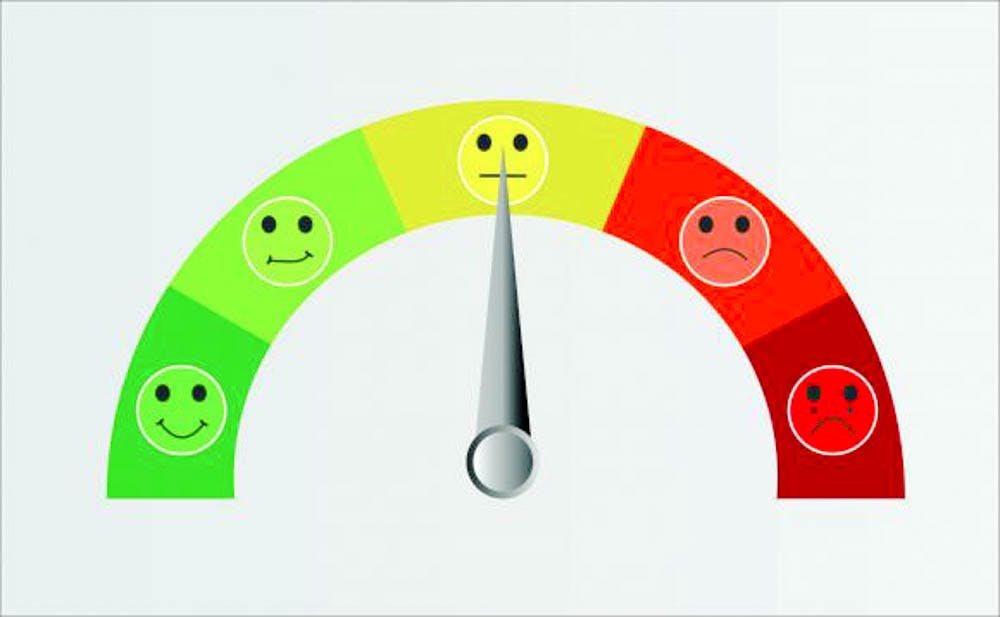A new study by University researchers aimed to measure the amount of pain patients experience through brain activity, which could improve pain medications and treatments. Led by Carl Saab, associate professor of research in the departments of neuroscience and neurosurgery, the study sought to identify a more objective way to measure pain.
Currently, medical professionals evaluate pain on a visual analogue scale, or VAS, Saab said. Patients choose a number from one to 10 and a facial expression to indicate their pain level.“In order for drugs to be developed, you need a powerful screen to test for efficacy. Current screens for pain are not reliable and subjective,” he added.
Researchers attached electroencephalogram pads to rats and analyzed their pain reactions. “Your brain is filled with billions of cells called neurons, and they work by sending electrochemical signals from one to the other,” said Joshua Levitt ScM ’17, clinical research Program coordinator at Rhode Island Hospital. “When you have lots of neurons doing the same thing at once, this creates patterns called oscillations, which are picked up by the EEG electrodes,” he added.
These brainwaves are analogous to sound waves, Levitt said; just as certain sound waves correlate to specific musical notes, brainwaves correlate to specific brain functions.
There are many causes for the variation in brainwave patterns, and scientists can model the effects pain and medications have on brain activity, said Samuel Neymotin, assistant professor of neuroscience research.
Researchers tracked these oscillations and induced pain by poking the rats and exposing them to hot temperatures, Saab said.
This study represents an early step in quantifying animal pain, Saab said. “EEG is fast, and it records neural activity at a fast rate. It’s cheap, user-friendly and noninvasive, he said.
First, the researchers are planning to use EEG data in veterinary hospitals, Saab said.
Similarities in neural circuitry for pain in animals and humans indicate that this method could be applied to human subjects in the future, Saab said. “At the end of the day, I am interested in their verbal report of what their pain is,” he added. “Ultimately, it ought to be possible to correlate EEG pattern of activity with VAS.”
“For chronic types of pain, that are defined as pain lasting more than 6 months, (patients) become resistant to traditional treatment,” Saab said, which suggests that traditional methods of pain measurement may be less reliable. In these cases, doctors often overprescribe highly addictive opioid medications. “You would want to intervene with more effective drugs that are not opioid-based,” Saab said.
“Next would be to pursue the human paths and validate what we have discovered,” Saab said. EEG could be particularly helpful for young populations, since children and babies have trouble verbalizing pain.
Individuals with different conditions, including Parkinson’s, Alzheimer’s, ADHD and Schizophrenia, may benefit from this research, which could give rise to better and more personalized treatment, Neymotin said.





